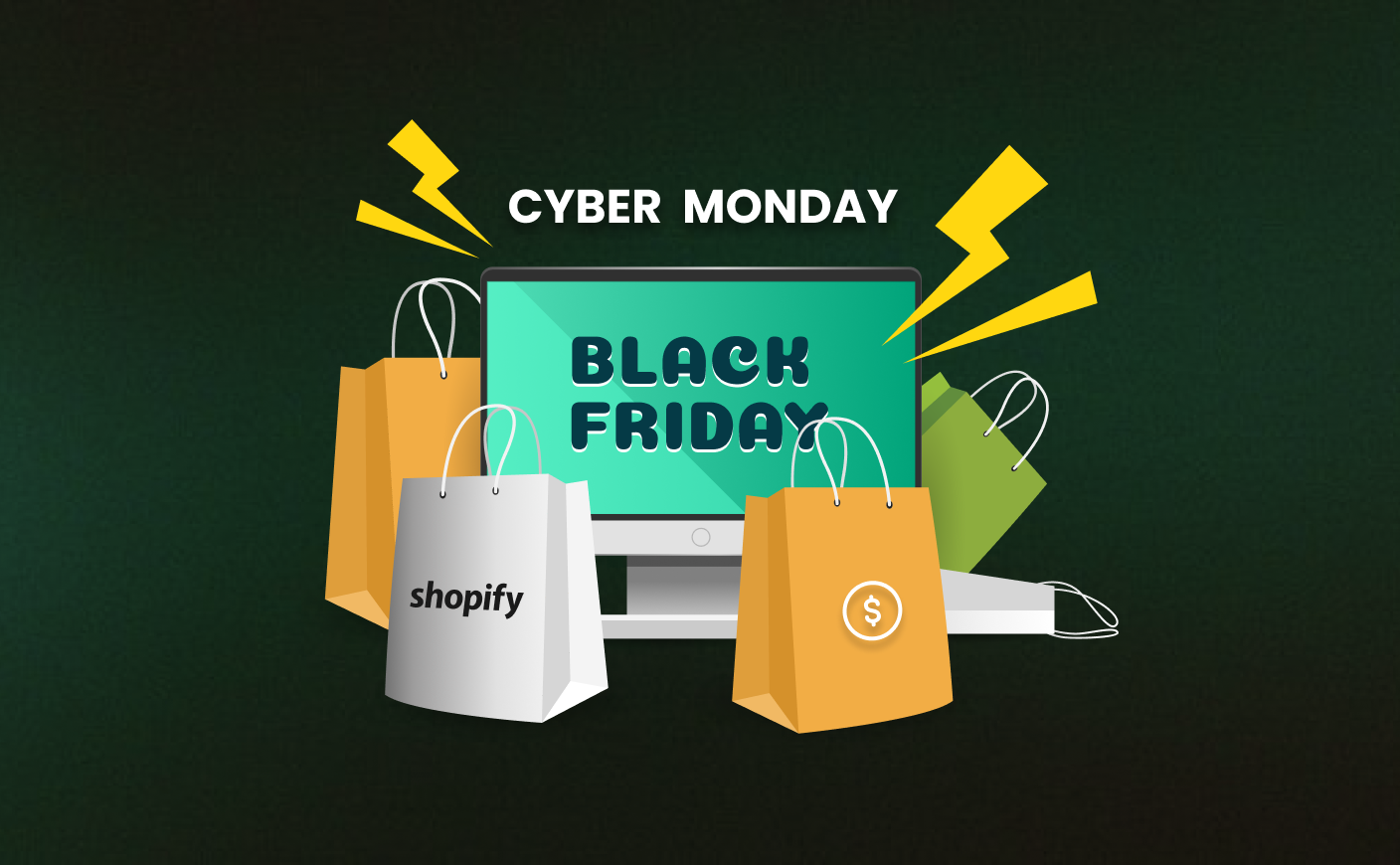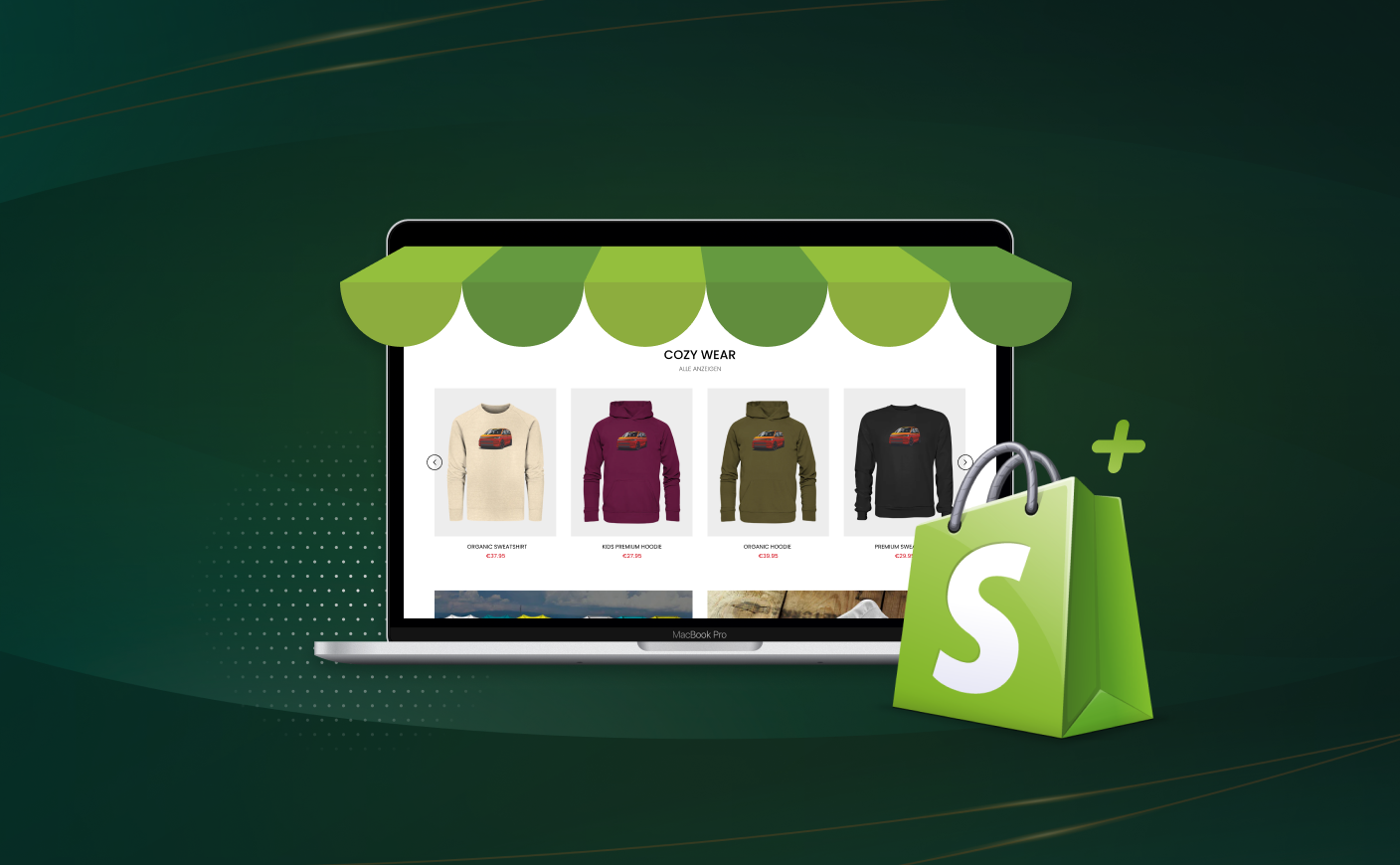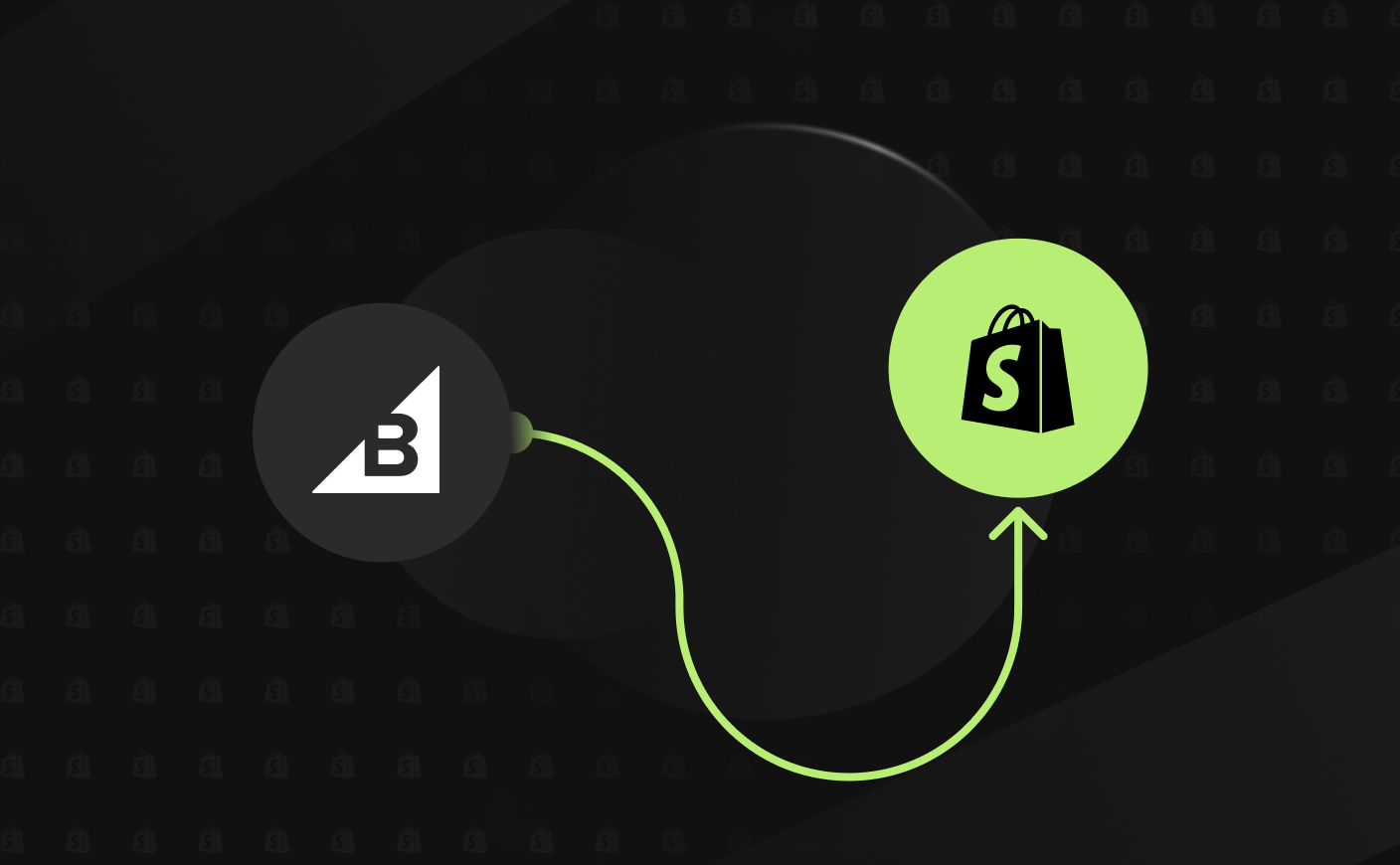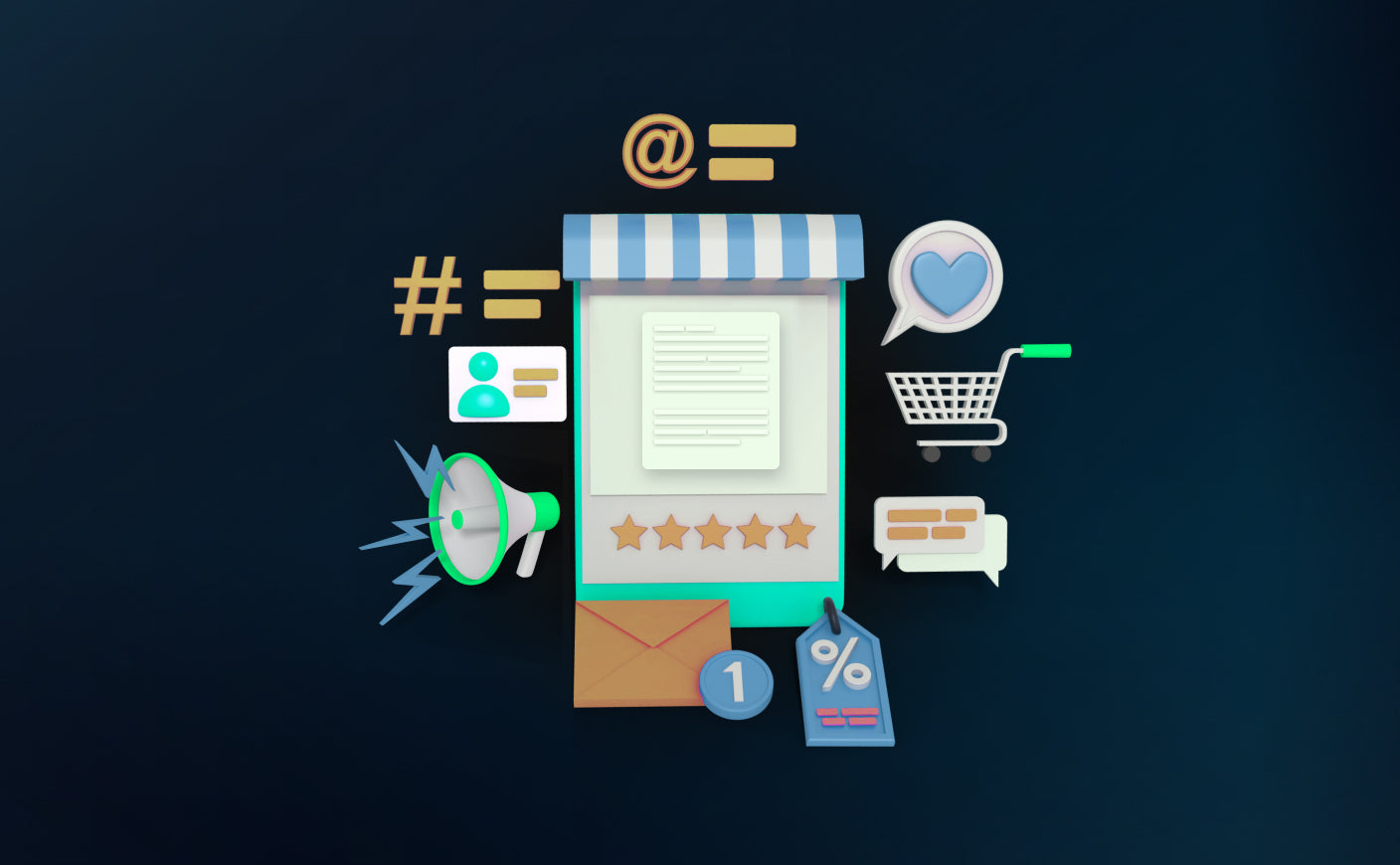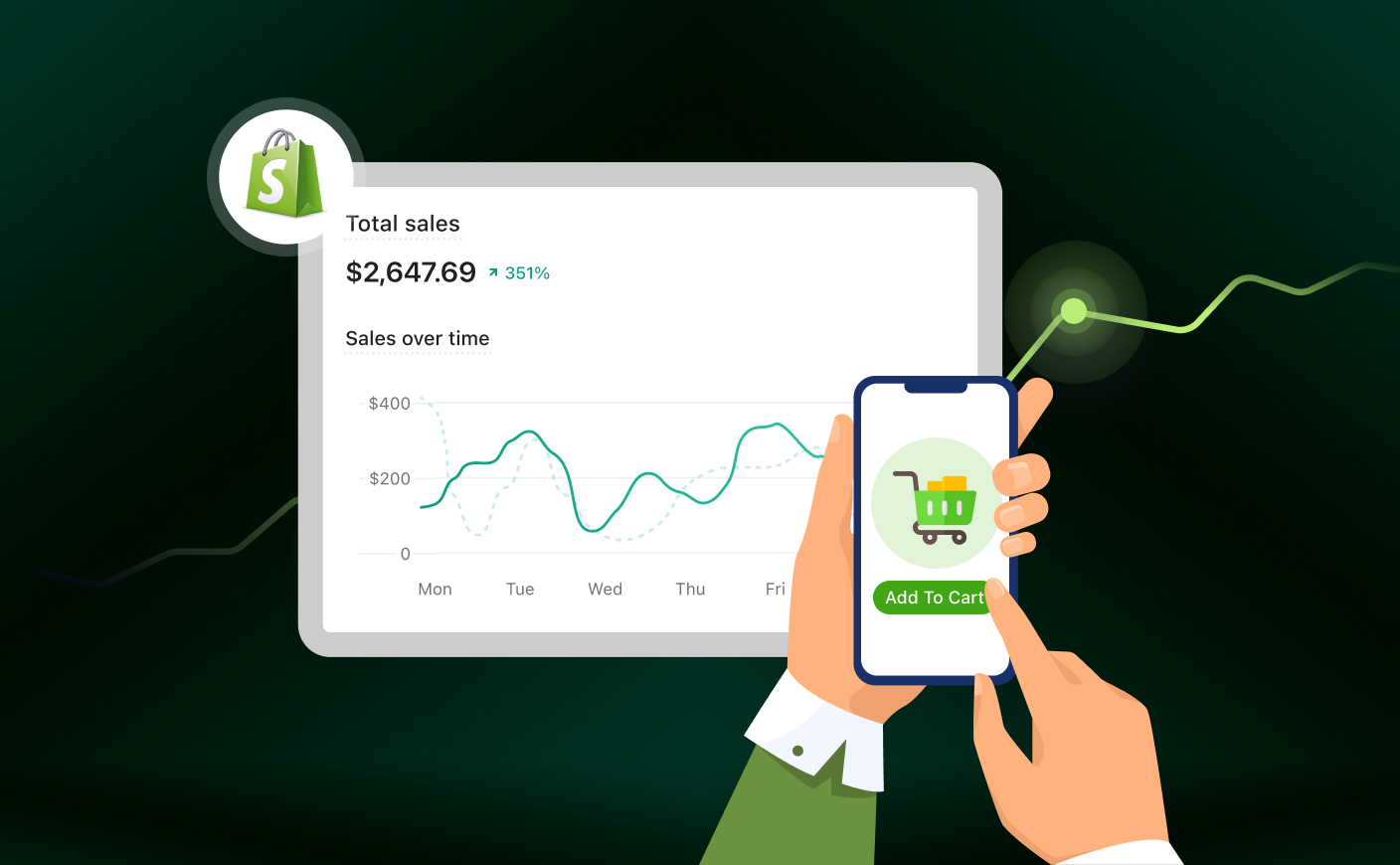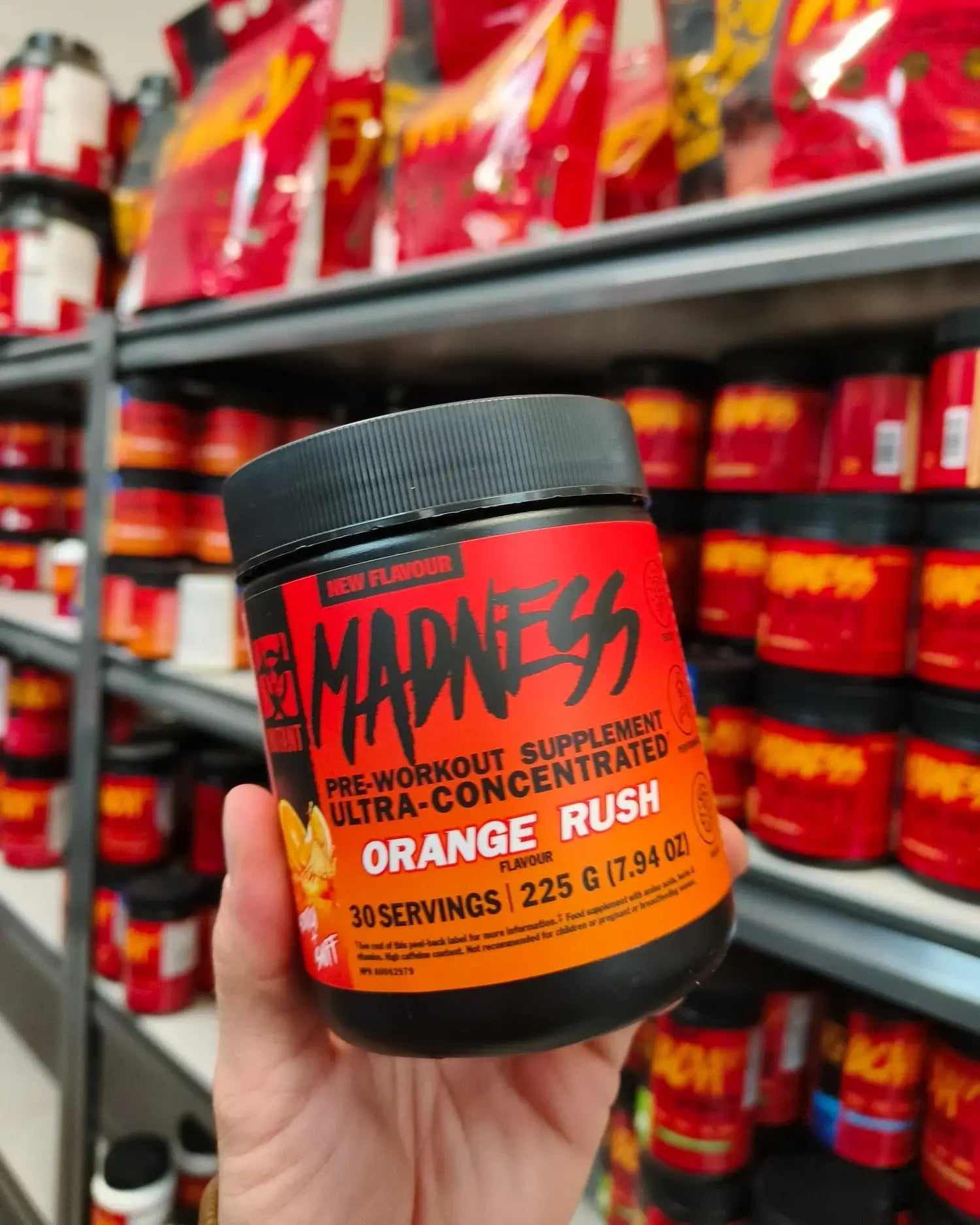6 Smart Ways to Choose the Best Ecommerce Shipping Solution
Ecommerce Shipping Solution
Ecommerce Tips
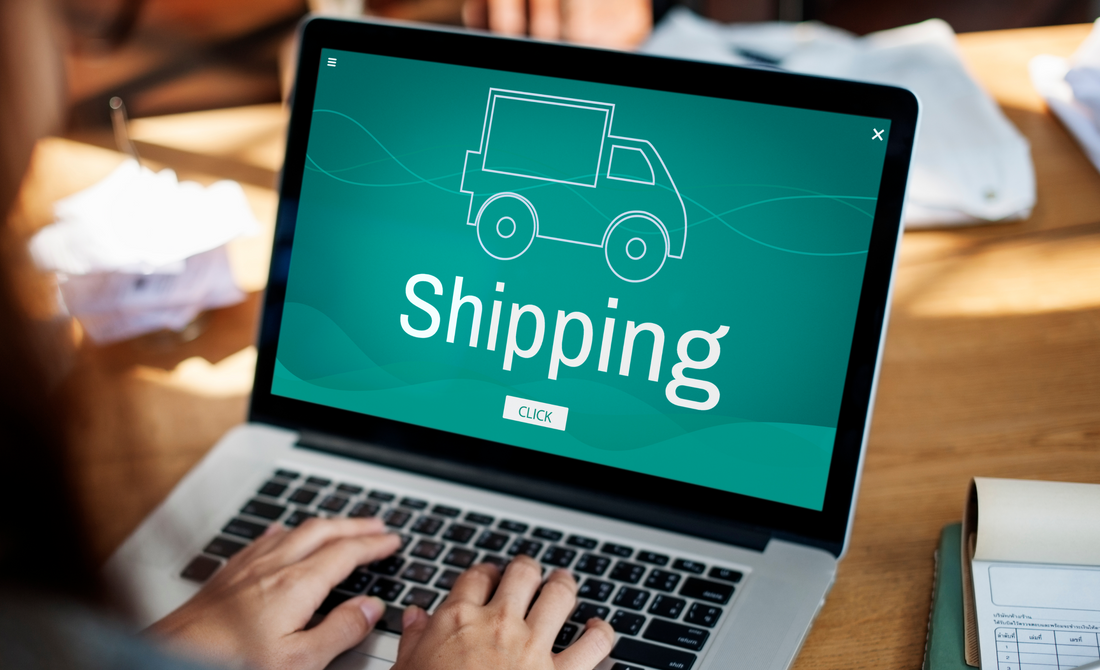
In 2025, running an ecommerce business isn’t just about selling great products, it’s about how quickly and affordably you can get those products into your customers’ hands.
Because shipping is now more than just a backend task - it is something that can completely make or break your business.
For example,
- 66% of shoppers expect free shipping on every online order.
- Almost half i.e., 48% abandon their carts the moment they see unexpected shipping fees.
- 55% of customers are happy to pay for same-day delivery, while 45% are willing to pay for next-day delivery.
- On top of that, 68% of shoppers actively look for shorter delivery windows during checkout.
(source: meteorspace)
These numbers paint a clear picture. Your shipping strategy directly affects whether someone hits “buy” or walks away.
However, with logistics costs and options, choosing the right ecommerce shipping solution often feels like trying to solve a puzzle with missing pieces.
So we did the hard work for you.
In this blog, we’ll walk you through six smart, often-overlooked strategies that can completely change the way you approach shipping. These strategies will help you save money, build loyalty, increase conversions, and help you stay ahead.
Let’s start.
How To Choose The Right Ecommerce Shipping Solution For Your Brand?
Let us understand what factors you should keep in mind before choosing an ecommerce shipping solution,that is perfect for your brand, customers, and long-term growth.
#1 Prioritize AI-Driven Optimization for Predictive Logistics

For shipping, you just can’t pick the least expensive carrier anymore. Now, the smart ecommerce brands are tapping into AI-driven platforms. They don’t just print labels but - predict delays, optimize delivery routes, and automatically select the best carriers in real time.
Here’s why it matters:
Most business owners still compare static shipping rates, but AI-powered platforms take a smarter approach by analyzing:
- Historical delivery data
- Real-time traffic and weather conditions
- Carrier performance and reliability
Tools like Shipium and FarEye are leading the charge here.
With predictive logistics, your business can:
- Reduce delivery delays by up to 20%
- Cut shipping costs by automatically selecting the most efficient carrier
- Adapt quickly to disruptions like rerouting around port congestion or bad weather
- Therefore, while evaluating your options:
- Look for predictive analytics and automated carrier selection features
- Ask for case studies or performance metrics that show actual cost/time savings
The thing is many businesses focus only on upfront costs. But AI pays off over time—through efficiency, reliability, and better customer satisfaction.
Also read: Why Agentic AI is replacing chatbots in 2025
#2 Leverage Hyper-Local Fulfillment for Same-Day Delivery

Customers don’t just want fast shipping anymore... they expect it. In busy U.S. cities, same-day delivery is quickly becoming the new normal, and if your brand isn’t keeping up, you’re likely losing customers at checkout.
But here’s the good news: You don’t have to be Amazon to offer lightning-fast delivery. Hyper-local micro-fulfillment centers (MFCs) are changing the game for small and mid-sized ecommerce brands.
So why is it a smart move?
Because instead of shipping everything from a central warehouse, MFCs let you store inventory closer to your customers. This makes same-day delivery not only possible but profitable.
Platforms like ShipBob and Bolt fulfillment offer distributed inventory networks in major metro areas. This helps you to meet local demand quickly and efficiently.
Thus, when you are making a choice, ask:
- Do they have MFCs in your top customer regions?
- Can they integrate with your ecommerce platform (like Shopify or WooCommerce) to automate order routing?
Many small businesses assume same-day delivery is something only Amazon can afford to offer. But today, scalable MFC solutions are within reach for SMEs, and they can level the playing field in a big way.
#3 Embed Sustainability as a Brand Differentiator

Being eco-friendly is becoming the baseline for ecommerce brands. It has become a powerful marketing edge as it offers you:
- Strong brand loyalty
- Eco-consicious customers
- Less churn rate
And you don’t have to overhaul your entire supply chain to get started.
This is what you have to look for:
You need to work with shipping providers that offer:
- Carbon-neutral shipping options
- Electric vehicle (EV) delivery fleets
- Recyclable or compostable packaging
Providers like UPS, USPS, and platforms like Easyship now offer these features as part of their core services.
#4 Optimize for Post-Purchase Experience with Branded Tracking
![]()
Most ecommerce brands put all their energy into the pre-purchase journey—product pages, ads, checkout flow.
However, the post-purchase phase is one of the most underutilized opportunities to build loyalty and boost repeat sales.
Branded tracking pages is a simple yet powerful tool that keeps your customer experience consistent even after they’ve hit "Buy Now."
So why should this be a big deal for you?
Because instead of sending users to generic carrier pages, you can send them to a branded space to follow their order in real time. This also allows you to promote your latest offers or products.
Some of their benefits include:
- Helps to reduce support tickets
- Increases repeat purchases
- Keeps your brand top-of-mind throughout the delivery journey
Therefore, when choosing an ecommerce shipping solution, look for:
- Branded tracking page customization
- Multi-carrier support (AfterShip supports 1,100+ carriers!)
- Analytics tools to track engagement with the tracking page
Most brands obsess over the shopping experience, but forget that the real relationship starts after the sale. Branded tracking builds trust, adds value, and keeps customers coming back.
Also read: 9 Reasons why you should hire a Shopify plus development agency
#5 Future-Proof with API-First Integrations

As your ecommerce business grows, your tech stack can quickly become a tangled mess. One app for inventory, another for returns, a third for shipping... It adds up fast.
That’s why, in 2025, API-first shipping solutions are essential.
API-first platforms are built for customization. Instead of relying on cookie-cutter setups, you can:
- Automate repetitive tasks like label generation or tracking updates
- Connect directly with your order management (OMS), warehouse (WMS), or ERP systems
- Keep all your systems in sync without the manual headaches
Tools like Shippo and EasyPost offer developer-friendly APIs that let you integrate shipping into your workflow on your terms.
By integrating API, you enjoy the following benefits:
- Save 10+ hours a week on manual tasks
- Avoid costly errors from disconnected systems
- Scale faster with fewer tech bottlenecks
So when choosing a solution, make sure to:
- Check their API documentation (it should be clean, well-documented, and easy for developers to work with)
- Verify compatibility with your ecommerce platform and back-end systems
- Look for solutions that offer developer support or have an active tech community
#6 Balance Cost and Speed with Hybrid Shipping Models

Not every order needs to arrive overnight. And in 2025, smart ecommerce brands are realizing that not all customers want to pay premium shipping fees especially for non-urgent deliveries.
In a hybrid shipping model, a premium carrier (like UPS or FedEx) handles pickup and main transit, but USPS handles the last-mile delivery.
Options like UPS SurePost and FedEx SmartPost offer a more affordable alternative for orders that don’t need to be rushed.
Why does this work? Because:
- It is more cost effective
- It offers full tracking visibility
- Perfect for budget-conscious shoppers
So, when choosing an ecommerce shipping solution, look for:
- Support for hybrid services (SurePost, SmartPost, etc.)
- Real-time rate comparisons to see where you can save
- Tools that let you A/B test shipping options and gather feedback from customers
- Try offering both expedited and hybrid options at checkout and see which your customers actually choose.
A lot of ecommerce businesses are conditioned to think faster is always better. But in reality, many shoppers are happy to wait a bit longer if it saves them money and you, too.
Offering hybrid shipping is a simple way to optimize margins without compromising the experience.
Final Thoughts
There’s no “one-size-fits-all” and honestly, that’s a good thing. It gives you room to get creative, to test what works, and to shape an experience your customers genuinely appreciate.
Your shipping strategy doesn’t have to be perfect from day one. But it does have to evolve.
Start small. Listen to your customers. Run experiments. See what cuts costs without cutting corners. And always remember: in ecommerce, shipping isn’t just how you deliver products, it’s how you deliver trust.
CrawlApps
At CrawlApps, we don’t just build Shopify stores—we create experiences that sell. We’re a bunch of problem-solvers who love turning ideas into stores that actually converts. Whether it’s fixing what’s broken or building something from scratch, we make sure every detail works in your favor. No fluff, no jargon—just real solutions that help your business grow. If you’re serious about Shopify, you’ll feel right at home with us.



